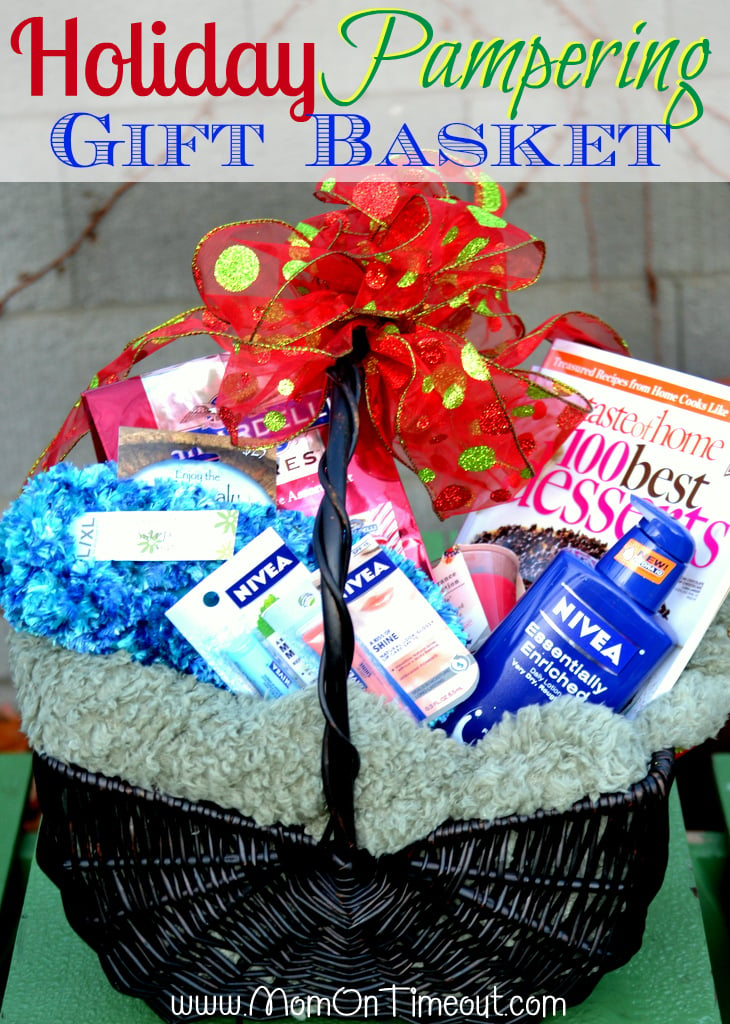When you’re hunting for the perfect baby gift, the last thing you want is a surprise that hurts more than it helps. In Australia, the trend toward ethical parenting is booming, and parents are looking for pamper hampers that not only soothe tiny skin but also respect the planet—and its creatures. This guide walks you through the steps to confirm that your chosen hamper is truly cruelty‑free, from decoding labels to spotting red flags and finally making a confident purchase.

The Rising Demand for Ethical Baby Gifts
Modern parents are no longer content with “good enough.” They want products that align with their values: sustainable, fair‑trade, and most importantly, cruelty‑free. The shift isn’t just a fad; it reflects a broader cultural movement that places animal welfare at the forefront of consumer choices. This change is especially pronounced in Australia, where the “no‑test‑on‑animals” ethos has become https://files.fm/u/kysrh3j8fg#design a hallmark of many premium brands.

Have you ever wondered why a baby lotion might carry a different seal than a diaper? The answer lies in the varied regulatory frameworks and certification bodies that govern product safety and ethical claims. Understanding these nuances is key to making an informed decision.
Decoding “Cruelty‑Free” in the Pamper Pack
What the Label Means
When you see a “cruelty‑free” tag, it typically indicates that no animal testing was performed during the product’s development. However, the definition can vary:
- United Kingdom: The Cruelty Free International (CFI) standards prohibit any animal testing, including for fragrance and preservatives. Australia: The Australian Ethical Trade Association (AETA) allows for certain tests that do not involve animals, but still requires transparent disclosure.
Common Myths
- Myth: A product is cruelty‑free if it’s made in a country with strict animal welfare laws.
- Myth: All natural ingredients are automatically cruelty‑free.
Certification Bodies
- Leaping Bunny – A globally recognized badge that ensures no animal testing in any part of the supply chain. PETA’s “No Animal Testing” Seal – Focuses on product testing but not necessarily ingredient sourcing. EcoCert – Provides a broader eco‑friendly certification that includes cruelty‑free status.
A quick glance at these logos can save you from a costly mistake.
Where to Find Australian Pamper Hampers That Care
Local Boutiques
- Handcrafted Hampers – Often sourced from local artisans who pride themselves on ethical practices. Specialty Baby Stores – Many carry a curated selection of cruelty‑free products, with staff ready to explain certifications.
Online Marketplaces
- Etsy Australia – A treasure trove of handmade, cruelty‑free hampers. Look for shops that display their certification badges prominently. Amazon Australia – Filter by “Cruelty‑Free” in the product details. Read customer reviews for real‑world confirmation.
Subscription Services
- Baby Bliss Box – A monthly subscription that guarantees cruelty‑free ingredients and eco‑friendly packaging. Little Lush – Focuses on organic, cruelty‑free baby care products, delivered right to your doorstep.
When shopping online, always verify the https://www.slideserve.com/ewennaycsl/where-to-get-a-spa-gift-hamper-for-men-s-grooming-a-guide-that-won-t-leave-you seller’s claims with a quick search of the brand’s official website.
Spotting Red Flags: A Checklist for the Savvy Shopper
Ingredients
- Avoid products with “parfum” or “fragrance” if the source isn’t disclosed. Look for natural, plant‑based ingredients; they’re less likely to involve animal testing.
Packaging
- Recyclable or biodegradable materials signal a brand’s commitment to sustainability. A clear, transparent label indicates honesty about sourcing.
Brand Transparency
- A dedicated ethics page with detailed sourcing information. Contact details that allow you to ask specific questions about testing.
* Bullet‑point checklist:*
- ✔️ Certification logos visible on packaging ✔️ Ingredient list free of animal derivatives ✔️ Brand’s cruelty‑free policy publicly available ✔️ Transparent supply chain details ✔️ Positive customer reviews referencing ethics
How to Verify Claims: Practical Steps for the Consumer
Ask the Seller
- “Can you provide the certification documents?” “What testing, if any, was performed on this product?”
Read Reviews
- Look for comments about product performance and ethical claims. Pay attention to recurring themes—if many reviewers mention “animal testing,” that’s a red flag.
Research Certifications
- Visit the certification body’s website to confirm the brand’s status. Cross‑check with the brand’s own statements; discrepancies can indicate marketing fluff.
A Quick Anecdote
Last year, I gifted a pamper hamper to my sister’s newborn. The hamper looked luxurious, but the scent was off. When I called the retailer, they admitted the fragrance had been tested on rabbits—a shock that made me rethink my shopping habits. Since then, I’ve made it a rule to verify every cruelty‑free claim before I buy.
A Relevant Quote
“Doing the right thing isn’t a trend; it’s a responsibility.” – Australian Ethical Consumer Association
This sentiment reminds us that our choices ripple far beyond the immediate purchase.
The Perfect Gift Awaits
Choosing a pamper hamper that aligns with your ethical values doesn’t have to be a chore. By understanding the meaning behind cruelty‑free labels, knowing where to look, and applying a simple checklist, you can confidently select a gift that nurtures both baby and planet. Remember, a thoughtful, cruelty‑free hamper is more than a present—it’s a statement that compassion matters.
Ready to make a difference? Start your search today and give the gift of care that’s kind to all living beings.